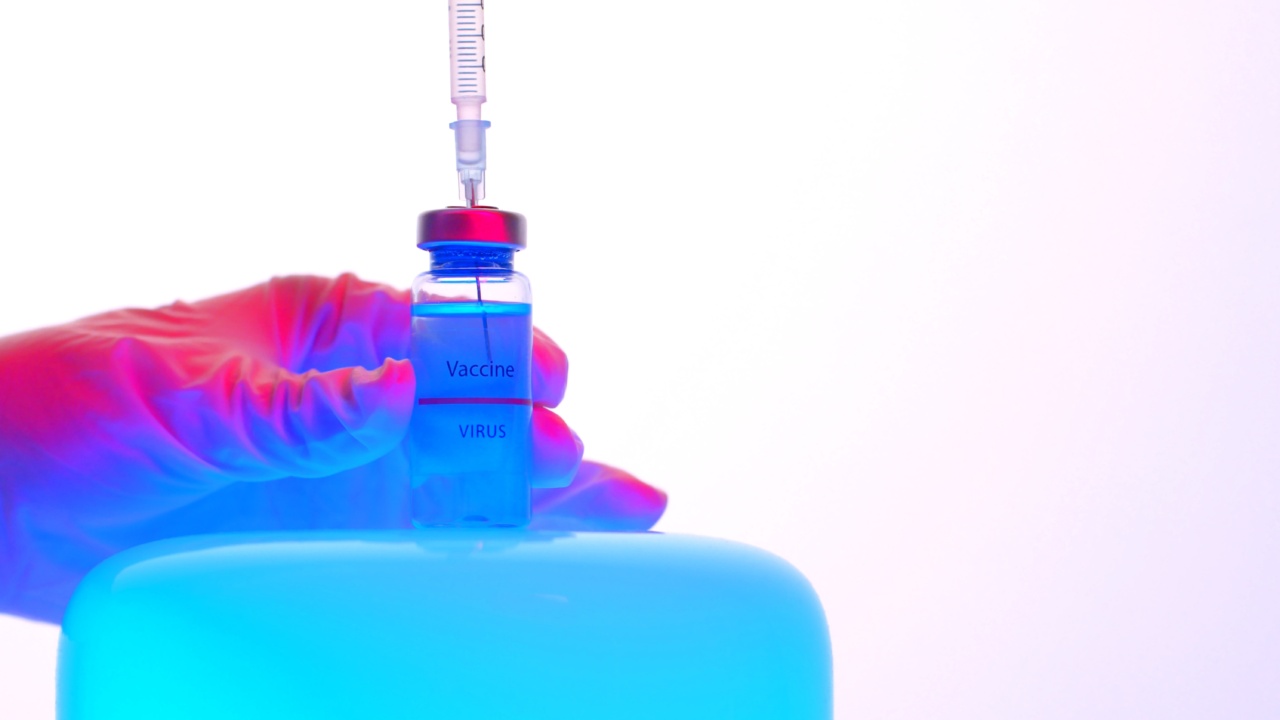Redheads have always been a subject of fascination for people due to their unique characteristics, including their fiery hair and freckled skin.
But, do they also have to deal with more pain than others because of their genetic makeup? It’s a long-held belief that redheads experience more pain than the rest of the population, but is there any scientific evidence to prove it?.
The Genetics of Red Hair
The unusual hair color of redheads is due to a genetic mutation that causes the body to produce less melanin. Melanin is responsible for giving color to hair, skin, and eyes.
The amount of melanin present in the body also affects the way the body responds to pain. Studies have found that people with lighter skin have a lower pain tolerance than people with darker skin because they have less melanin, which does not absorb pain as effectively as melanin-rich skin.
However, redheads also have a mutation in the gene that controls a protein called the melanocortin 1 receptor (MC1R). MC1R plays a role in the production of melanin, but it also affects the body’s pain response.
Research has suggested that redheads who carry the MC1R mutation might process pain differently and experience pain differently than non-redheads.
The Science Behind Redheads and Pain
Research on redheads and pain has been conducted for many years, and while some results have been promising, most have not been conclusive. The most significant study on the topic was conducted by the National Institutes of Health in 2004.
The study found that redheads required 20% more anesthesia than non-redheads and were more sensitive to thermal pain (heat-related pain). However, the study did not find any significant differences in cold or pressure pain. These findings suggest that there may be some differences in how redheads process certain types of pain, but not all pain.
Another study conducted on mice found that redheads were more sensitive to pain than mice without the MC1R mutation.
The study showed that red-haired mice experienced more pain due to inflammatory conditions, which suggests that the MC1R gene plays a role in pain perception.
Myths vs. Reality
Despite the above-mentioned studies, there is still a lot of misinformation and myths surrounding redheads and pain. For instance:.
- Redheads do not feel more pain than others; they feel pain differently than others.
- Redheads’ hair color is associated with pain sensitivity, but there is no clear link between the two.
- Not all redheads have the MC1R mutation, and not all people with the MC1R mutation are redheads.
The MC1R mutation may be associated with red hair, but it is not exclusive to redheads and can also happen to people with different hair colors.
Conclusion
While there have been some studies that suggest that redheads may experience pain differently than non-redheads, the evidence is not conclusive.
Redheads’ hair color is associated with pain sensitivity, but it is merely a correlation rather than a definitive cause-and-effect relationship. The MC1R gene may affect how a person experiences pain, but research in this area is still ongoing. In conclusion, redheads may not experience more pain than others, but they may process pain differently, depending on the type of pain.





























